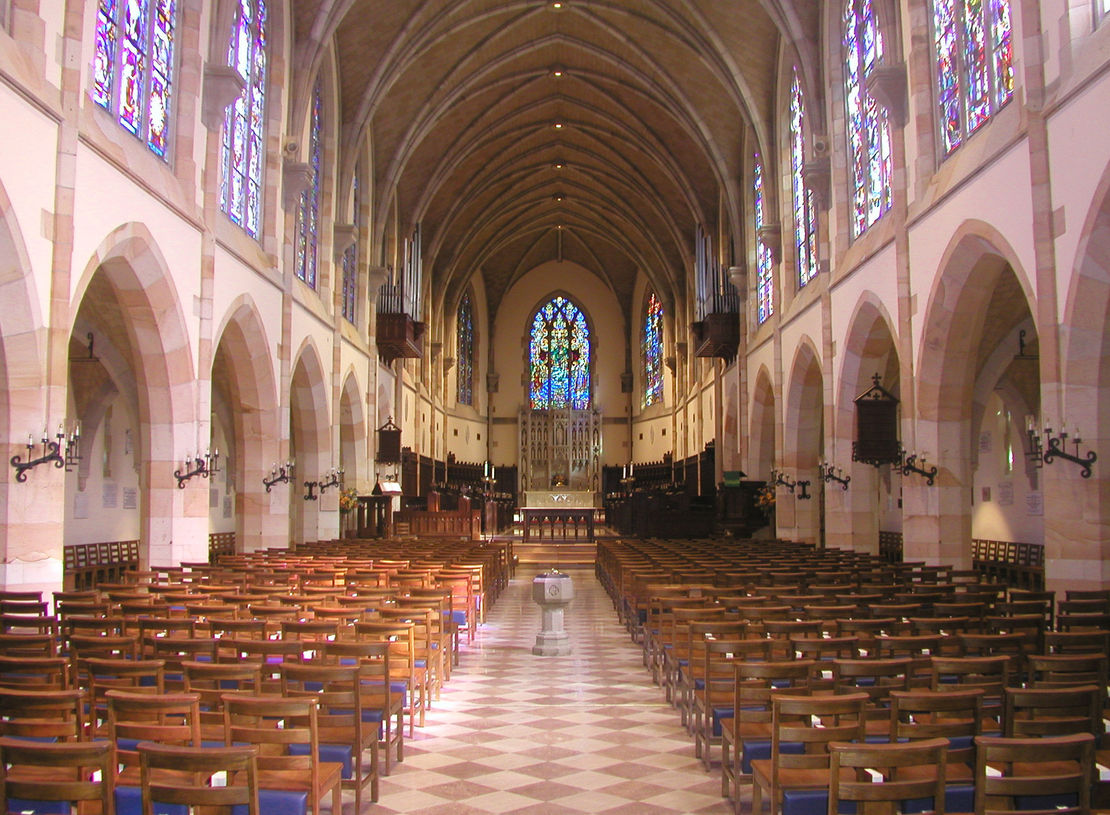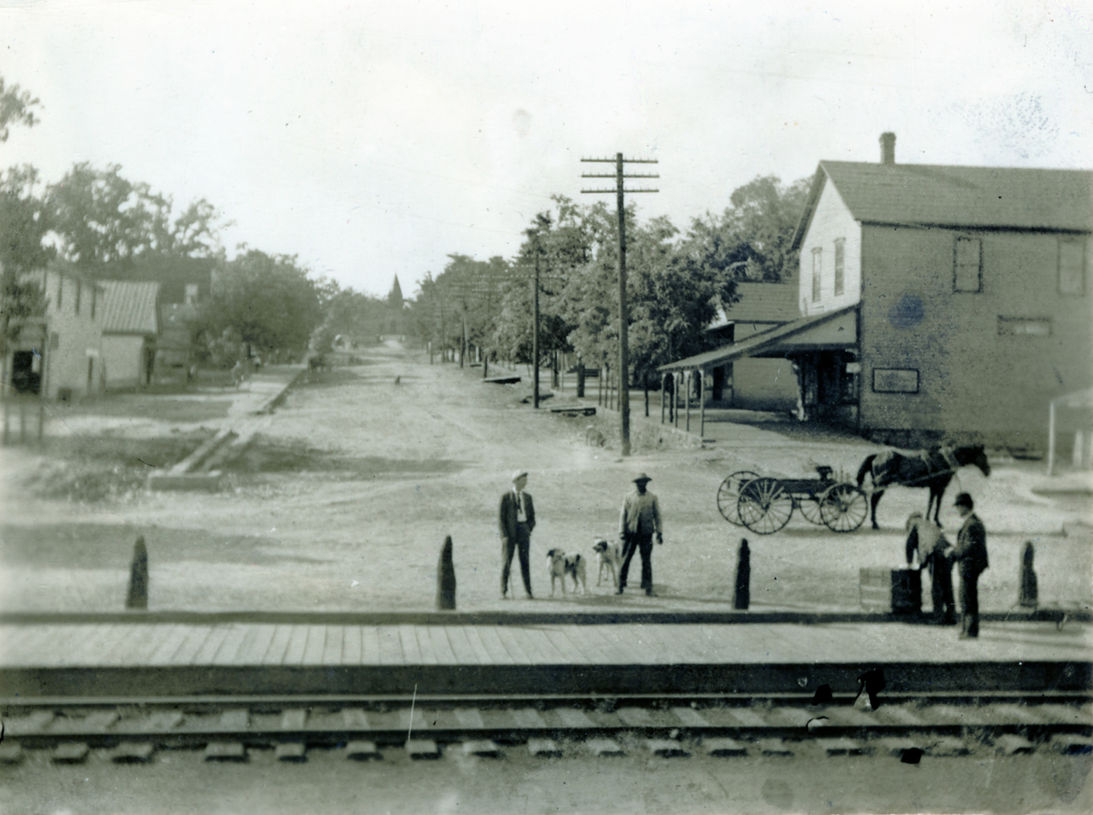In 1857, the Sewanee Mining Company granted 5,000 acres of land to the University of the South. Two years later in 1859, they donated an additional 5,000 acres to the University instantly made the nascent University of the South one of the largest institutions of higher education in the country by acreage.
Since then dozens of University halls and structures have been built, many with hand-crafted sandstone block exteriors that give the University its signature architectural style. Some of the more notable such buildings include All Saints’ Chapel, the DuPont Library, Spencer Hall and the McLurg Dining Hall, all on the central campus near the intersection of Georgia and University Avenues.
But “Sewanee”, as the University is colloquially known, is also a community, with dozens of historic homes dating back to the 19th and early 20th centuries. The University has assembled this interactive driving tour of some of the most historic homes.
There is also a lot of history in the “downtown” commercial area of Sewanee, where a variety of small businesses operate in structures that also date back to the early days of the University, in the late 19th and early 20th centuries. This interactive guide-map will let you click on each business to see the history of that building.
In and around Sewanee

University of the South
History Awaits at the University of the South































